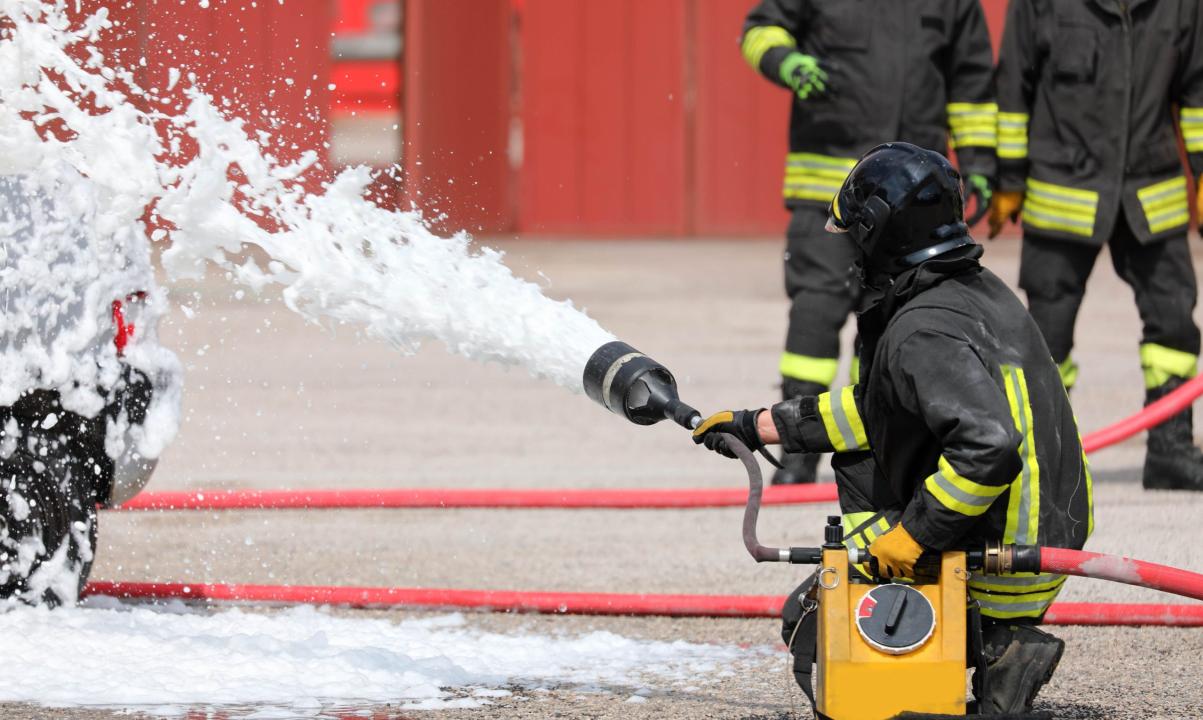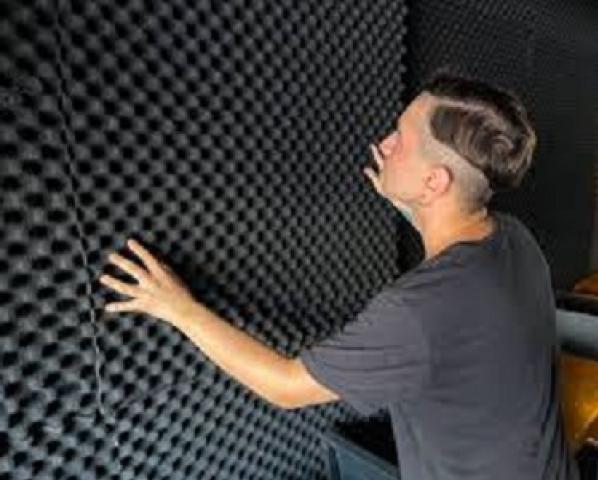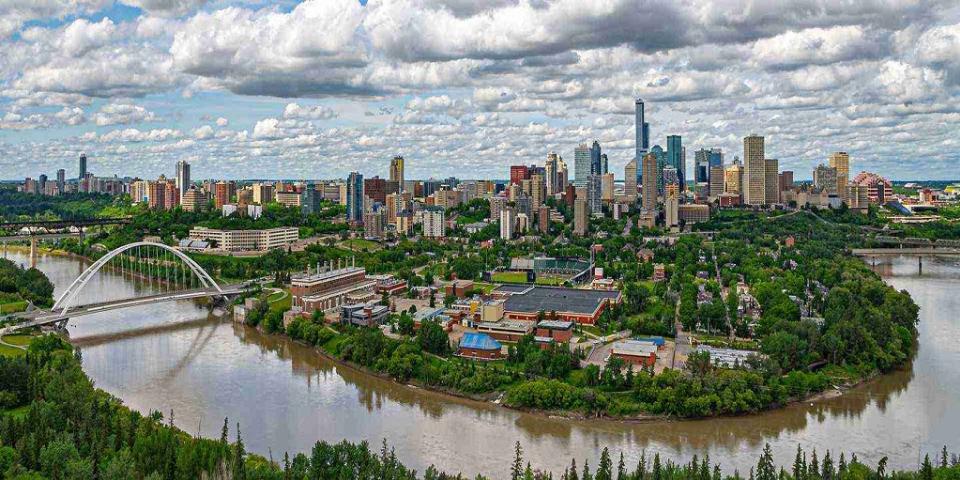History of Firefighting Foam
Throughout history, firefighters have played a crucial role in protecting
communities from fires. Some of the earliest records of firefighting
organizations date back to ancient Rome, where teams of firefighters known as
"Vigiles" worked to extinguish fires and rescue citizens. In the
medieval era, basic fire brigades started forming in European cities as the
risk of fire grew due to widespread use of open flame for cooking and heating.
Firefighting slowly became more organized over the centuries as urbanization
increased fire risks and departments with dedicated firefighters became
established. By the late 19th century, modern fire departments utilizing
motorized fire apparatus were developed in major cities like New York and
London. Firefighting technology and tactics have advanced significantly since
then to deal with larger, more complex fires.
Roles and Responsibilities of Modern Firefighting
Foam
Today's firefighters perform a wide variety of critical duties beyond just
extinguishing fires. A major responsibility is responding quickly to medical
emergencies like car accidents, heart attacks and other injuries. Many
firefighter units are trained as paramedics or emergency medical technicians to
provide emergency medical care. Firefighting
Foam also conduct inspections of buildings to check for fire code
violations and train homeowners and businesses on fire prevention measures. In
their role as first responders, they may have to enter dangerous, uncertain
situations to rescue people trapped in fires or underneath collapsed
structures. Advanced urban search and rescue techniques are employed for these
complex emergency situations. Fire investigation is another key function to
determine the origin and cause of fires in order to prevent future incidents.
Many departments also engage in public education initiatives teach communities
about fire safety.
Required Skills and Training
Given the hazardous nature of the job, firefighters must undergo intense physical
and mental preparation. Recruits need to be in excellent health and complete a
rigorous fitness training program involving exercises like stair climbing while
wearing heavy gear. Fire academies provide several months of instruction
covering fields like fire behavior, building construction, hazardous materials,
and advanced rescue operations. Live fire training exposes students to real
fire conditions in controlled burns to prepare them for the extreme heat and
smoke encountered during structure fires. Additional certifications can be
obtained in specialties such as technical rescue, wildland firefighting, and
fire investigation. Most firefighters are also trained as EMTs or paramedics to
care for medical emergencies. Regular drills and refresher courses ensure
skills are maintained. The job requires composure under pressure as well as
strong teamwork skills to safely and effectively battle fires.
Firefighting Equipment
Firefighters rely on specialized protective equipment and apparatus to perform
their dangerous work safely. Personal protective equipment (PPE) consisting of
a self-contained breathing apparatus (SCBA), fire-resistant coat, pants,
helmet, boots and gloves are worn on all fire scenes for safety. SCBAs provide
oxygen for firefighters working in heavy smoke where normal air is contaminated
or depleted of oxygen. Thermal imaging cameras help locate hidden occupants
through heavy smoke.
Powerful
fire hoses attached to pumper trucks spray water, while ladder trucks provide
elevated access and ventilation. Specialty units carry equipment for technical
rescue situations, hazardous materials incidents, and wildland fires. Basic
hand tools such as axes, halogen tools and pike poles are used for forcible
entry and ventilation along with self-rescue ropes and harners in case a Firefighting
Foam becomes lost or trapped. Modern fire stations hold extensive
equipment inventories to respond effectively across a wide range of
emergencies.
Risks Faced by Firefighters
While fulfilling a honorable duty, firefighters regularly face tremendous risks
to their safety. In addition to burns, the leading cause of firefighter
line-of-duty deaths is sudden building collapses or mobile home/vehicle fires
where firefighters are caught in flashovers or explosions before being able to
escape. Respiratory disease from inhaling toxic gases and smoke particulates
over many years on the job is another substantial risk given the hazardous
environments entered without breathing protection. Firefighters have much
higher rates of certain cancers like mesothelioma due to exposures to known
carcinogens. The extreme heat and physical exertion of firefighting also
contributes to on-duty heart attacks. Mental health issues such as PTSD can
develop from witnessing human tragedies and near-death experiences on emergency
scenes. Even with strict safety protocols, structural fires remain
unpredictable and dangerous. The brave men and women who choose this career
understand the risks yet selflessly serve their communities.
Firefighters have long played a vital role in protecting public safety. Though
the job involves facing life-threatening dangers, well-trained firefighters
utilize specialized skills, equipment and teamwork to effectively handle a wide
array of emergencies from medical crises to complex technical rescues to
extensive structure fires. Their honorable service safeguards countless lives
and property every single day. Firefighting truly exemplifies heroism and
sacrifice for the communities these brave individuals are sworn to defend.
Get More Insights on Firefighting
Foam
About Author-
Ravina Pandya, Content Writer, has a strong foothold in the
market research industry. She specializes in writing well-researched articles
from different industries, including food and beverages, information and
technology, healthcare, chemical and materials, etc. With an MBA in E-commerce,
she has an expertise in SEO-optimized content that resonates with industry
professionals. (https://www.linkedin.com/in/ravina-pandya-1a3984191)
Missing comfort of reading report in your local
language? Find your preferred language :












